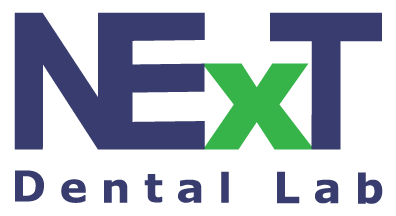Matching dental colors isn’t just about precision—it’s about creating seamless harmony between natural teeth and restorations. It’s a delicate balance of artistry and advanced science, where even the slightest mismatch can impact a smile’s authenticity.
Over the years, this process has transformed, evolving from skilled visual assessments to the cutting-edge precision of modern technology. Traditional methods paved the way, but today’s innovations allow dentists to achieve unmatched accuracy and flawless results.
Traditional Methods: Skill and Precision

Before advanced tools, dental color matching relied heavily on visual observation. Dentists would use shade guides to compare the color of a patient’s teeth. These guides, typically made of porcelain or resin, offered a range of shades for selection.
Lighting played a significant role in the process. Natural daylight or color-corrected lighting was preferred to reduce discrepancies. However, the results often depended on the dentist’s eye for detail and experience.
Although effective in many cases, traditional methods had limitations. Subtle variations in color or translucency could be hard to replicate accurately, especially when dealing with complex cases. Despite this, many dentists still appreciate the hands-on approach and the skill involved in visual matching.
Modern Technology: Accuracy Redefined
Advances in dental technology have revolutionized how shades are matched. Digital shade-matching devices, such as spectrophotometers, measure color using advanced algorithms. These tools analyze a tooth’s hue, value, and chroma, providing precise data that minimizes human error.
3D imaging and CAD/CAM systems also contribute to more accurate results. These systems allow for digital scans that capture the tooth’s structure and shade. The data can then be shared directly with dental labs, streamlining the restoration process.
Modern methods reduce the guesswork and save time. They help achieve consistency in challenging cases, such as matching crowns or veneers in highly visible areas.
Balancing Tradition and Technology
Both traditional and modern methods have their place in dental practice. Traditional techniques rely on a dentist’s expertise and their ability to interpret shades visually. They allow for a more personalized approach, especially when digital tools are unavailable.
Modern technology, on the other hand, ensures precision and efficiency. It eliminates many of the variables that can affect visual assessments, such as lighting conditions or individual perception. Combining these methods often yields the best results. For example, a dentist might start with a shade guide to make an initial selection and then confirm the choice with a digital device.
Next Dental Lab: Partnering with Dental Professionals for Precision Restorations
For dentists seeking precision and efficiency in dental color matching, partnering with a trusted lab can give better results. At Next Dental Lab, we specialize in high-quality, FDA-approved appliances at prices designed to save you money. From crowns and bridges to dentures, our full-service dental lab delivers precision and reliability.
With no minimum case requirements and warranties of up to five years, you can trust us to support your success. Register your practice now to receive a $50 credit toward your first case. Experience seamless service, cutting-edge technology, and personalized support designed to boost your productivity.

